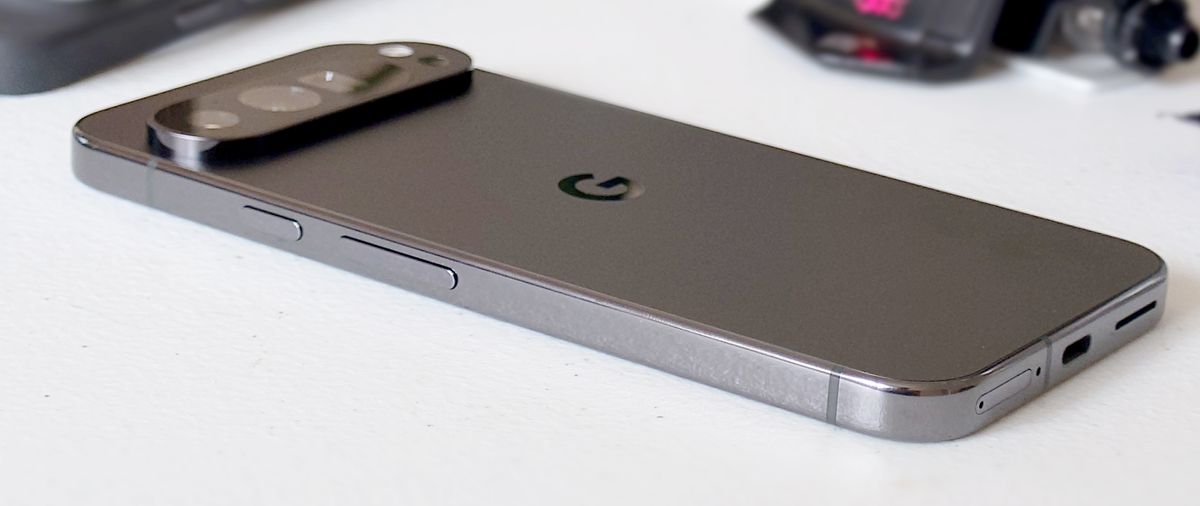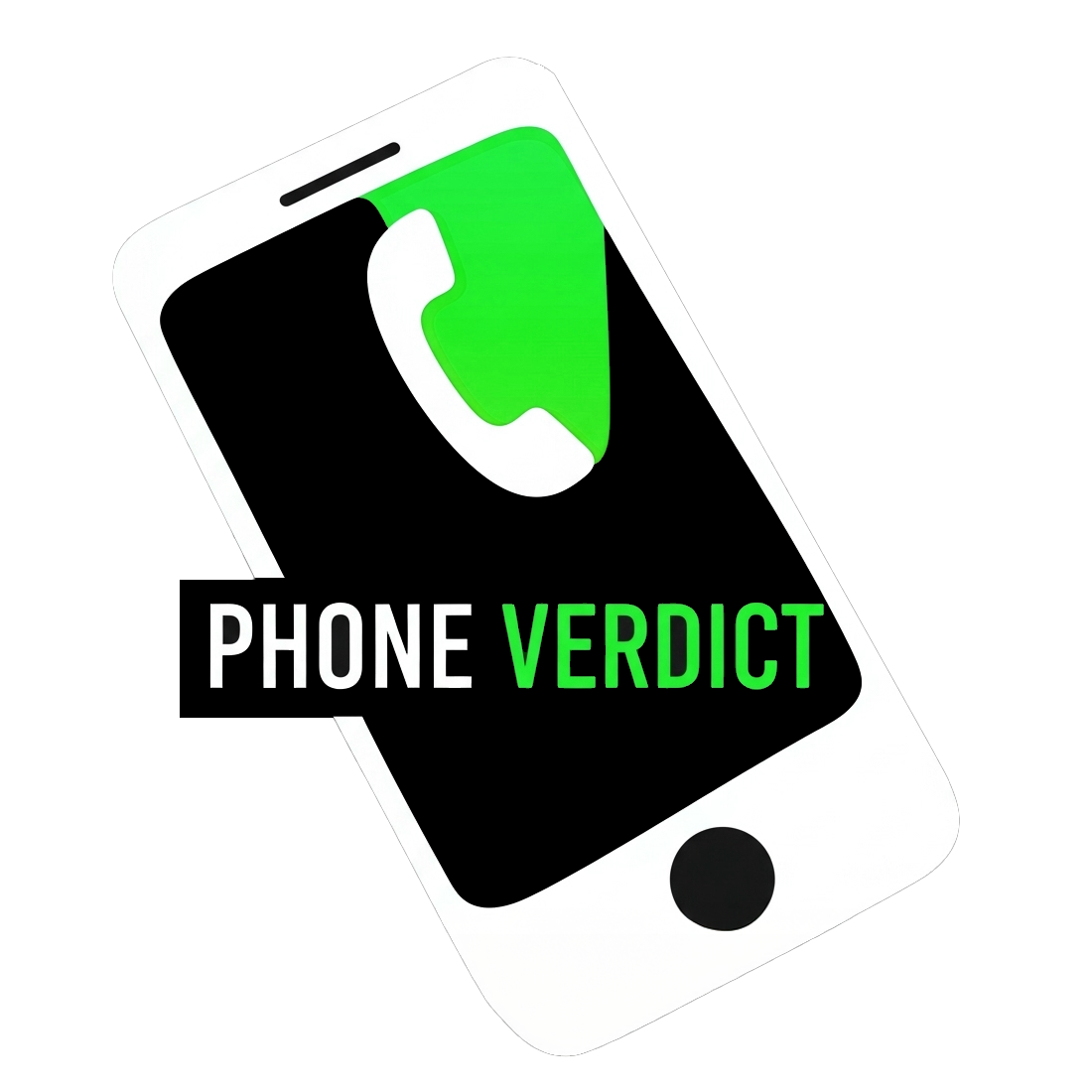GOOGLE Pixel 9 Pro XL
The Ultimate Pixel Experience
The Pixel 9 Pro XL pushes the boundaries of what a phone can do, combining a pro-level camera system with the power of Google AI and a stunning, large display.

Core Features
Everything you need to know, at a glance.
Pro Camera System
Triple camera system with a 5x optical zoom telephoto lens for incredible detail from any distance.
Tensor G4 Power
Google’s most powerful chip yet, enabling next-generation AI and machine learning features.
AI Magic
Advanced AI features like Magic Editor and Best Take, plus exclusive Gemini Nano capabilities.
Temperature Sensor
A built-in thermometer for conveniently checking the temperature of objects.
A Closer Look
Explore the design of the Pixel 9 Pro XL.


Technical Specifications
The complete technical breakdown.
| Network | |
|---|---|
| Technology | GSM / HSPA / LTE / 5G |
| Launch | |
| Announced | 2024, August 13 |
| Status | Available. Released 2024, August 22 |
| Body | |
| Dimensions | 162.8 x 76.6 x 8.5 mm (6.41 x 3.02 x 0.33 in) |
| Weight | 221 g (7.80 oz) |
| Build | Glass front (Gorilla Glass Victus 2), glass back (Gorilla Glass Victus 2), aluminum frame |
| SIM | Nano-SIM + eSIM |
| Protection | IP68 dust tight and water resistant (immersible up to 1.5m for 30 min) |
| Display | |
| Type | LTPO OLED, 120Hz, HDR10+, 2000 nits (HBM), 3000 nits (peak) |
| Size | 6.8 inches, 109.7 cm² (~88.0% screen-to-body ratio) |
| Resolution | 1344 x 2992 pixels, 20:9 ratio (~486 ppi density) |
| Protection | Corning Gorilla Glass Victus 2 |
| Platform | |
| OS | Android 14, upgradable to Android 15, up to 7 major Android upgrades |
| Chipset | Google Tensor G4 (4 nm) |
| CPU | Octa-core (1×3.1 GHz Cortex-X4 & 3×2.6 GHz Cortex-A720 & 4×1.92 GHz Cortex-A520) |
| GPU | Mali-G715 MC7 |
| Memory | |
| Card slot | No |
| Internal | 128GB 16GB RAM, 256GB 16GB RAM, 512GB 16GB RAM, 1TB 16GB RAM, UFS 3.1 |
| Main Camera | |
| Triple | 50 MP, f/1.7, 25mm (wide), 1/1.31″, 1.2µm, dual pixel PDAF, OIS 48 MP, f/2.8, 113mm (periscope telephoto), 1/2.55″, dual pixel PDAF, OIS, 5x optical zoom 48 MP, f/1.7, 123˚ (ultrawide), 1/2.55″, dual pixel PDAF |
| Features | Multi-zone Laser AF, LED flash, Pixel Shift, Ultra-HDR, panorama, Best Take, Zoom Enhance |
| Video | 8K@30fps (via cloud-based upscaling), 4K@24/30/60fps, 1080p@24/30/60/120/240fps; gyro-EIS, OIS, 10-bit HDR |
| Selfie Camera | |
| Single | 42 MP, f/2.2, 17mm (ultrawide), PDAF |
| Features | HDR, panorama |
| Video | 4K@30/60fps, 1080p@30/60fps |
| Sound | |
| Loudspeaker | Yes, with stereo speakers |
| 3.5mm jack | No |
| Communications | |
| WLAN | Wi-Fi 802.11 a/b/g/n/ac/6e/7, tri-band |
| Bluetooth | 5.3, A2DP, LE, aptX HD |
| Positioning | GPS (L1+L5), GLONASS, GALILEO, BDS, QZSS, NavIC |
| NFC | Yes |
| Radio | No |
| USB | USB Type-C 3.2 |
| Features | |
| Sensors | Fingerprint (under display, ultrasonic), accelerometer, gyro, proximity, compass, barometer, thermometer (skin temperature), Ultra Wideband (UWB) support, Satellite SOS service, Circle to Search |
| Battery | |
| Type | Li-Ion 5060 mAh, non-removable |
| Charging | 37W wired, PD3.0, PPS, 70% in 30 min 23W wireless (w/ Pixel Stand) 12W wireless (w/ Qi compatible charger) Reverse wireless Bypass charging |
| Misc | |
| Colors | Porcelain, Rose Quartz, Hazel, Obsidian |
| Models | GGX8B, GZC4K, GQ57S |
| SAR EU | 0.99 W/kg (head) 1.40 W/kg (body) |
| Price | $ 829.97 / € 798.00 / £ 999.00 |
| Tests | |
| Performance | AnTuTu: 1380138 (v10) GeekBench: 4854 (v6) 3DMark: 2540 (Wild Life Extreme) |
| Display | 2365 nits max brightness (measured) |
| Loudspeaker | -25.5 LUFS (Very good) |
| Battery (new) | Active use score 12:32h |
Performance Benchmarks
A visual look at the Tensor G4’s power.
AnTuTu (v10)
1,380,138
GeekBench (v6)
4,854
3DMark Wild Life Extreme
2,540
Verdict
The final breakdown of what we liked and what we didn’t.
Pros
- Top-tier camera system with excellent zoom.
- Large, bright, and smooth 120Hz LTPO display.
- The best of Google’s AI and software features.
- Premium build with Gorilla Glass Victus 2.
Cons
- Charging speeds are slower than many competitors.
- Tensor G4 performance may not top synthetic benchmarks.
- Higher price point compared to the standard Pixel models.
- Design might be considered too similar to previous generations.

